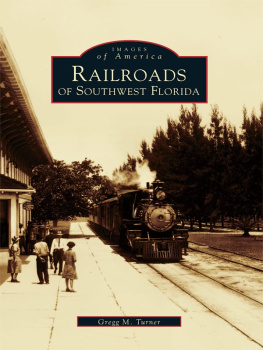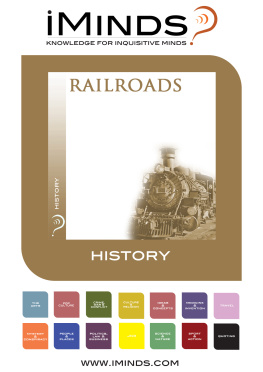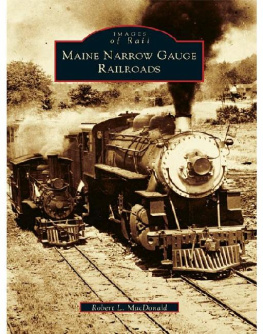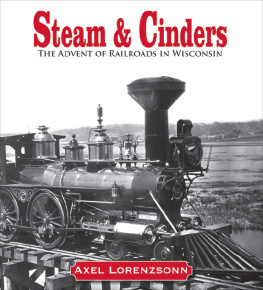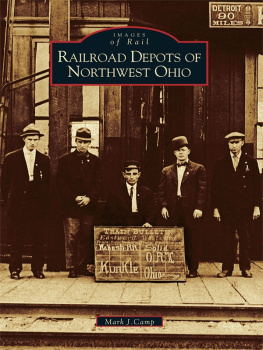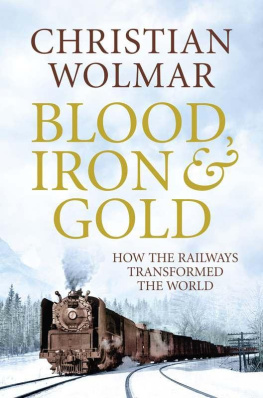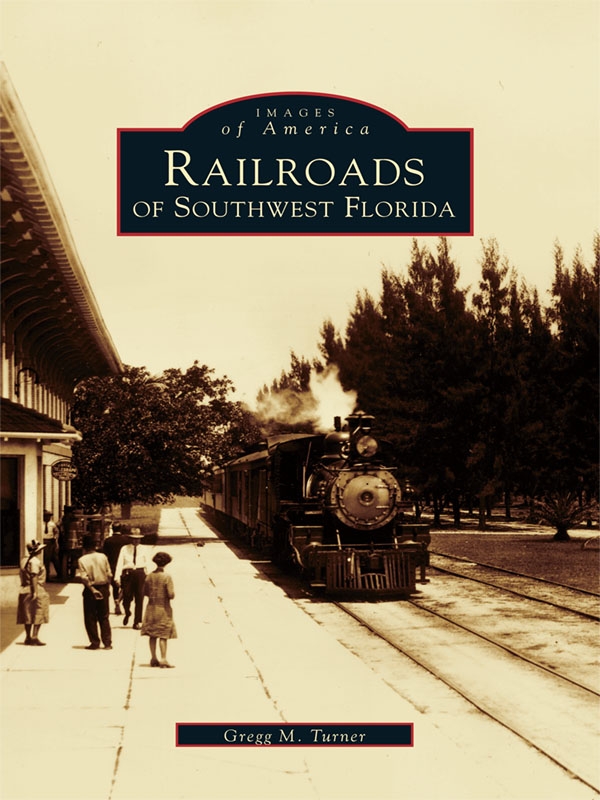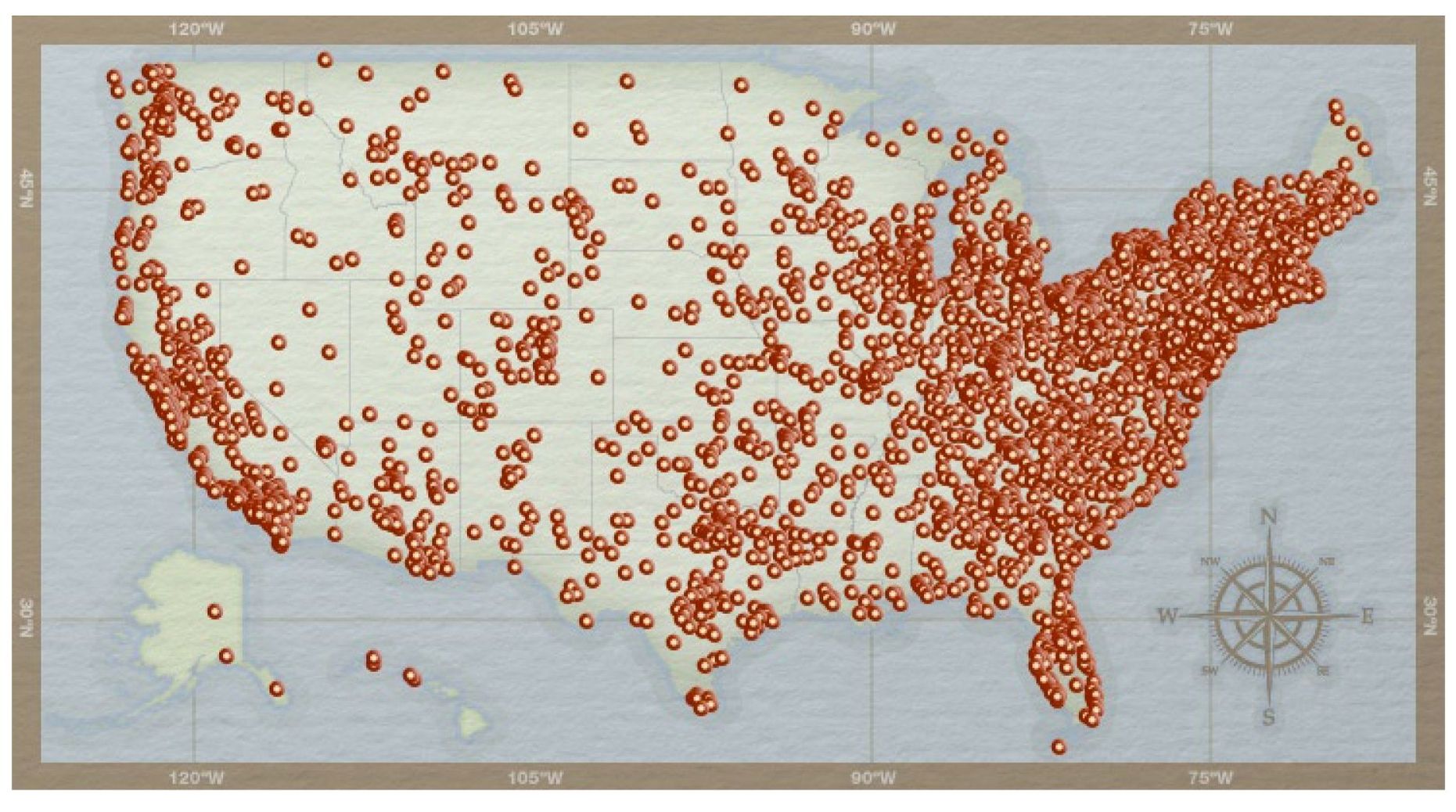Atlantic Coast Line Railroad Company. - Railroads of Southwest Florida
Here you can read online Atlantic Coast Line Railroad Company. - Railroads of Southwest Florida full text of the book (entire story) in english for free. Download pdf and epub, get meaning, cover and reviews about this ebook. City: Charleston;SC;Florida, year: 2002;2011, publisher: Arcadia Publishing Inc., genre: Non-fiction. Description of the work, (preface) as well as reviews are available. Best literature library LitArk.com created for fans of good reading and offers a wide selection of genres:
Romance novel
Science fiction
Adventure
Detective
Science
History
Home and family
Prose
Art
Politics
Computer
Non-fiction
Religion
Business
Children
Humor
Choose a favorite category and find really read worthwhile books. Enjoy immersion in the world of imagination, feel the emotions of the characters or learn something new for yourself, make an fascinating discovery.
- Book:Railroads of Southwest Florida
- Author:
- Publisher:Arcadia Publishing Inc.
- Genre:
- Year:2002;2011
- City:Charleston;SC;Florida
- Rating:5 / 5
- Favourites:Add to favourites
- Your mark:
Railroads of Southwest Florida: summary, description and annotation
We offer to read an annotation, description, summary or preface (depends on what the author of the book "Railroads of Southwest Florida" wrote himself). If you haven't found the necessary information about the book — write in the comments, we will try to find it.
When the first Iron Horse arrived in Southwest Floridaat Charlotte Harbor in 1886nearly 150,000 miles of railroads already existed in America, the transcontinental route was open, and Pullman sleeping cars were in wide use. But despite a late start, railroads forever transformed this beautiful region of the Sunshine State and connected its people to the outside world. In Railroads of Southwest Florida, the golden age of railroadingis documented with captivating images of stations, machines, and the people whose lives were affected by this significant form of transportation. From interior views of well-furnished passenger cars to scenes of hardworking men who made it all possible, this collection provides a thorough look at a fascinating, almost forgotten heritage.
Atlantic Coast Line Railroad Company.: author's other books
Who wrote Railroads of Southwest Florida? Find out the surname, the name of the author of the book and a list of all author's works by series.

